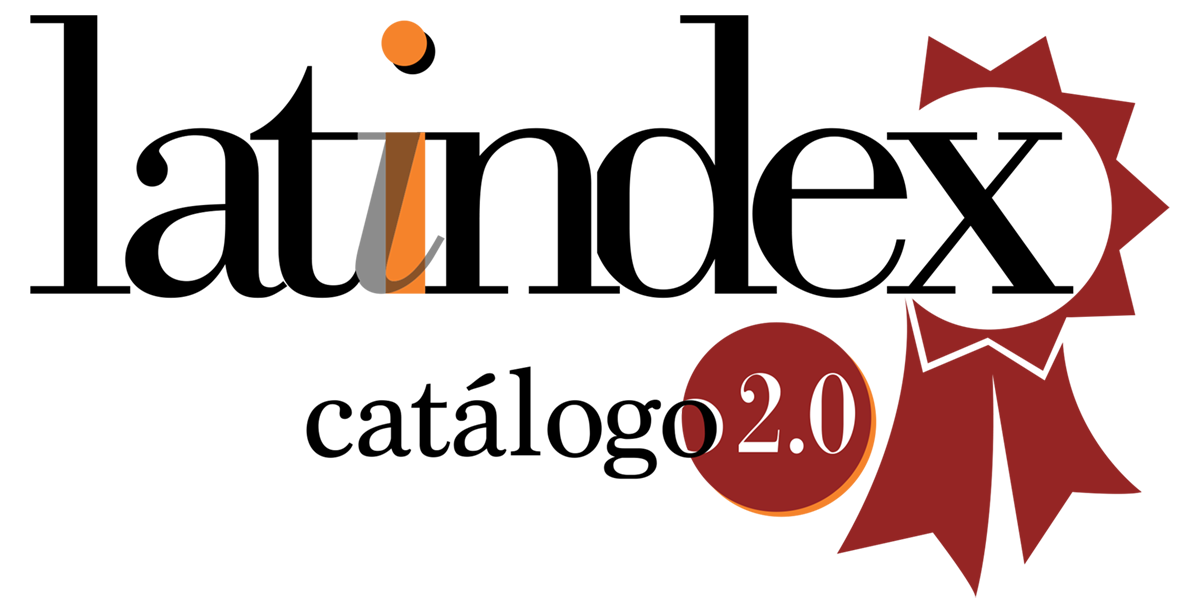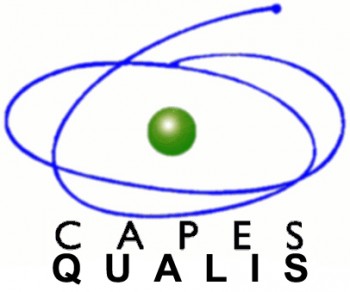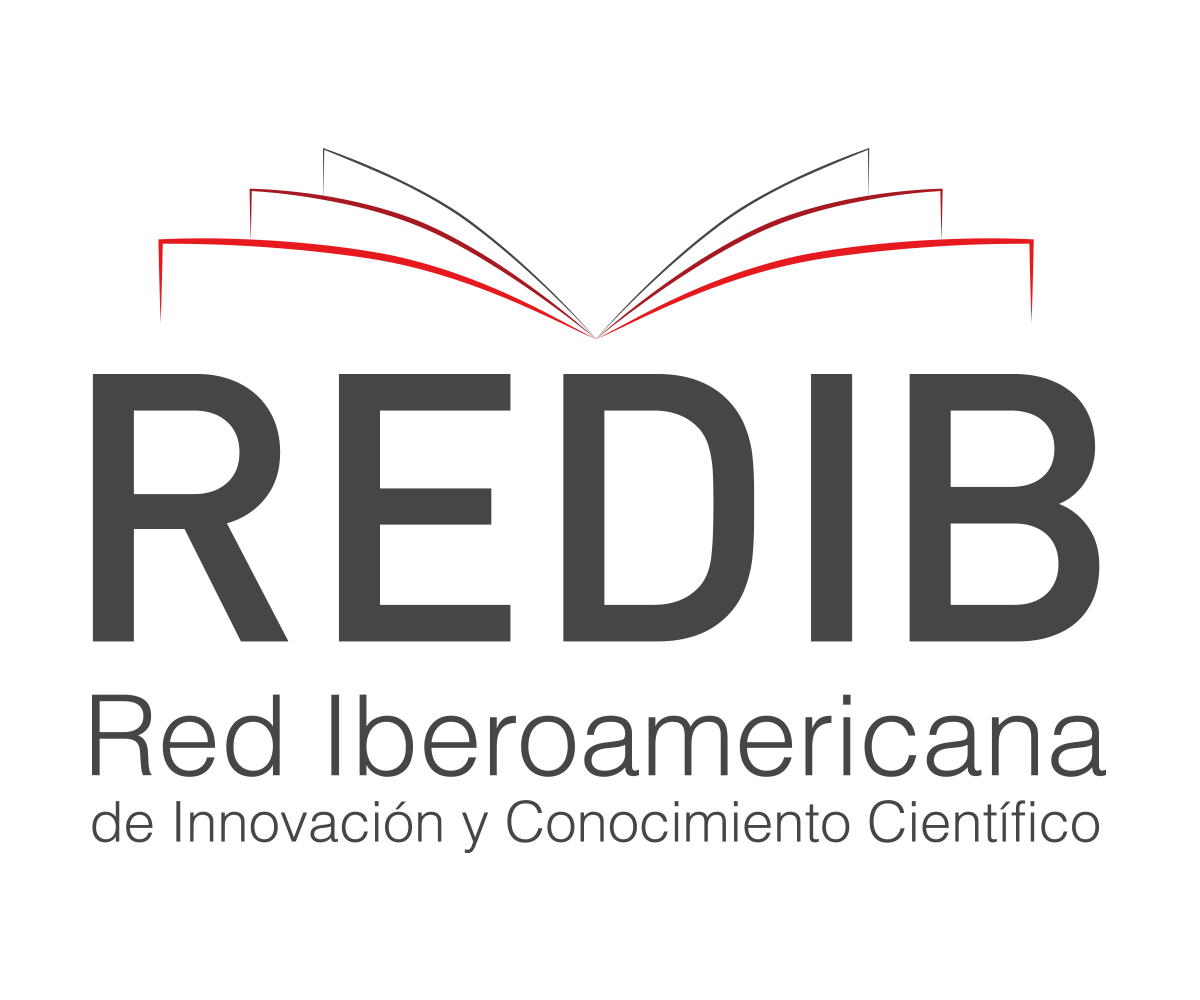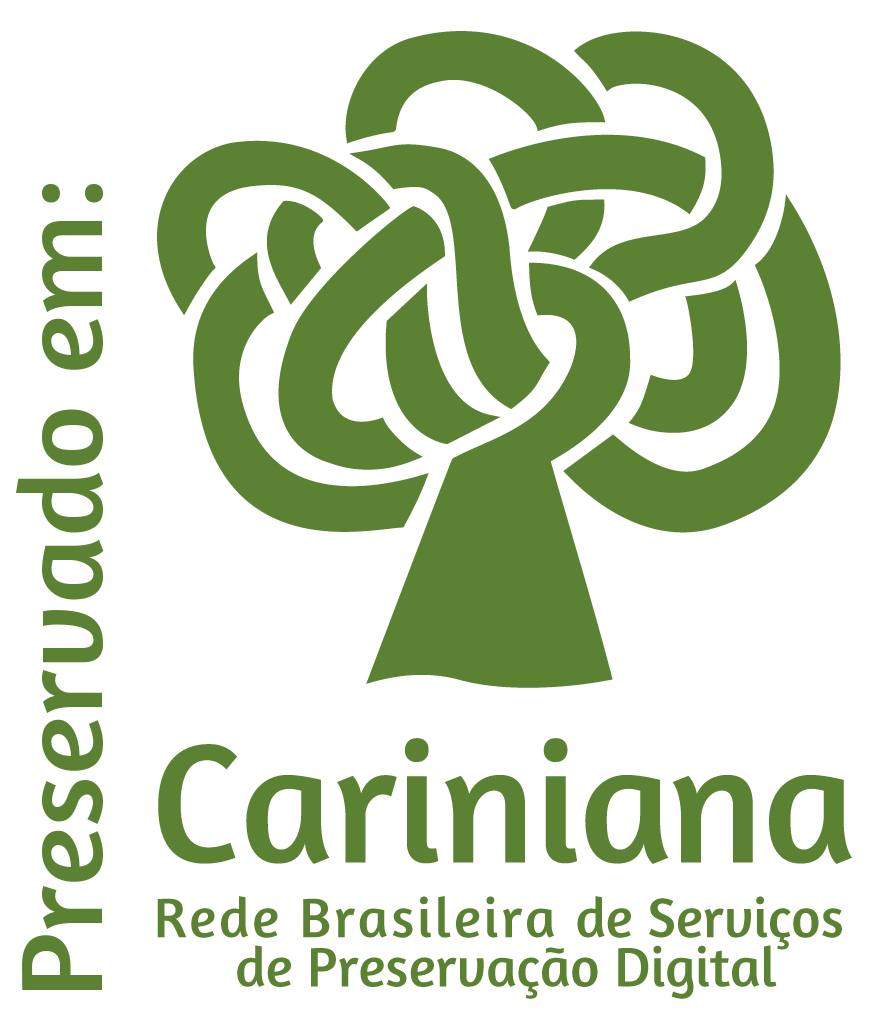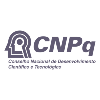Metrics of the literature on the indigenous people of Mexico
DOI:
https://doi.org/10.5007/1518-2924.2016v21n46p104Keywords:
Indians of Mexico, Scientometrics, Bibliometrics, Growth of literatura, Co-words, Co-authorsAbstract
Demographic characteristics, growth and productivity of the published literature on the indigenous peoples of Mexico and indexed in Web of Science and Scopus are analyzed. 2,457 works published, especially in academic journals (94%) and book reviews (25.5%) in English (89%) were found. 732 titles of journals publishing a total of 1,642 items and 9 magazine titles identified in the core area, among which are Ancient Mesoamerica, Latin American Antiquity, American Journal of Physical Anthropology, Journal of Archaeological Science, Economic Botany and Science, among others. 2,905 authors (80.6%) who published a single article, while 392 authors (11%) published two articles were found. The literature on this issue grows exponentially with an annual rate of 4.4% and a rate of doubling every 16 years. Key words most frequently used to specify such literature is "North of American Indians", "Human", "Mexico", "adult" and "American Indian". 11 groups of authors or invisible colleges were found.
Downloads
References
Bordons, María y Zuleta, María de los Ángeles. Evaluación de la actividad científica a través de indicadores bibliométricos. Revista española de cardiología. 52(10):790-800, 1999.
Borrego, Ángel y Urbano, Cristóbal. La evaluación de revistas científicas en ciencias sociales y humanidades. Información, Cultura y sociedad. (14):11-27, 2006.
Brookes, B. C. Numerical methodos of bibliometrics of bibliographic analysis. Library trends, 22(1):18-43, 1973.
Bourdieu, Pierre. ¿Qué significa hablar? Madrid: Akal ediciones, 2001, 160 p.
East, John W. the scholary book reviw in the humanities: an academic cinderella? Journal of Scholarly Publishing, 4381):54-67, 2011.
Echenique March, Felipe I. Fuentes para el estudio de los pueblos de naturales de la Nueva España. 1. ed. México, D.F.: Instituto Nacional de Antropología e Historia, 1992.
Egghe, Leo. Applications of the theory of Bradford’s law to the calculation of Leimkuhler’s Law to the completion of bibliographies. Journal of the American Society for Information Science, 41(7):469-492, October 1990.
Fox, Mary Frank. Productivity among Scientists: A Critical Review. Social Studies of Science, Vol. 13, No. 2 (May)): 285-305, 1983.
Gonzalez-Brambila, Claudia and Veloso, Francisco. The determinants of research productivity: a study of Mexican researchers. Department of Engineering and Public Policy. Paper 133, 2007. Disponible 30 de mayo 2014 en (2007). http://repository.cmu.edu/epp/133.
Gupta, B.M., Suresh, kumar, Sangam, S. L, y Karisiddappa, C.R. Modeling the growth of world social science literatura. Scientometrics, 53(1):161-164, 2002.
Hider, Philip M. Three bibliometric analyses of anthropology literatura. Behavioral & Social Sciences Librarian, 15(1):1-17, 1997.
Hua, Weina, Yuan, Shunbo, Yan, Miaomiao, Li, Yu. A quantitative analuysis of Arctic related articles in the humanities and social sciences appearing in the world core journal. Scientometrics, 91:703-718, 2012.
Magee, Susan Fortson. Mesoamerican archaeology: a guide to the literature and other information sources / ǂc by Susan Fortson Magee. Austin: Institute of Latin American Studies, University of Texas at Austin, 1981.
México. Cámara de Diputados. Constitución Política de los Estados Mexicanos. México, D.F. Consultado en http://www.diputados.gob.mx/LeyesBiblio/htm/1.htm 19 de octubre 2014.
Navarrete Linares, Federico. Los pueblos indígenas de México. México: Comisión Nacional para el Desarrollo de los Pueblos Indígenas, 2008, 141 p.
Páez, D. y Salgado, J.F. Indicadores de productividad científica: implicaciones para la evaluación de la psicología española. Boletín de Psicología, (97):117-136, 2009
Parra, Manuel Germán y Jiménez Moreno, Wigberto. Bibliografía indigenista de México y Centroamérica (1850-1950). México: Instituto Nacional Indigenista, 1954.
Ocholla, Dennis N. and Onyancha, Omwoyo Bosire. The marginalized knowledge: An informetric analysis of indigenous knowledge publications (1990-2004). SA Journal Libraries & Information Science, 71(3):247-258, 2005.
Quezada, Sergio. Documentos de indios yucatecos, 1822-1847. Mérida, Yuc., México: Universidad Autónoma de Yucatán, 1995.
Ramsden, Paul. Describing and Explaining Research Productivity. Higher Education, 28(2):207-226, 1994.
Torres-Salinas, Daniel, Delgado López-Cózar, Emilio, Jiménez-Contreras, Evaristo. Análisis de la producción de la Universidad de Navarra en revistas de Ciencias Sociales y Humanidades empleando rankings de revistas españolas y la Web of Science. Revista Española de Documentación Científica. 32(1):22-39, 2009.
Urbizagástegui Alvarado, Rubén y Oliveira, Marlene de. A Produtividade dos Autores na Antropologia Brasileira. DataGramaZero - Revista de Ciência da Informação – 2(6), 2001. Consultado en: http://www.dgz.org.br/dez01/Art_01.htm 16 noviembre 2014
Urbizagástegui Alvarado, Rubén. Crecimiento de la literatura sobre plantas medicinales del Perú. Revista AIBDA, 29(12). Disponible en http://www.cnpt.embrapa.br/RevistaAIBDA/v29/v29n1d04.pdf. Consultado en: 20 de febrero de 2015
Vanti, Nadia Aurora Peres. Avaliação do Banco De Dissertações e Teses da Associação Brasileira De Antropologia: uma análise cienciométrica. Dissertação apresentada como requisito parcial para a obtenção do título de Mestre ao Curso de Pós-Graduação em Biblioteconomia e Ciência da Informação da PUC-Campinas, sob a orientação do Prof. Dr. Silas Marques de Oliveira. Campinas, SP. 2001
Villanueva, María, Vera, José Luis, y Serrano, Carlos. El desarrollo de la antropología física en México visto a través de su producción bibliográfica. Anales de antropología, 34: 25-48, 2000.
Weeks, John M. Maya ethnohistory: a guide to Spanish colonial documents at Tozzer Library, Harvard University. Guide to Spanish colonial documents. Nashville, Tenn.: Vanderbilt University, 1987.
Welch, Thomas L. and Gutiérrez, René L., compiled. The Aztecs: a bibliography of books and periodical articles. Washington, D.C.: Columbus Memorial Library, Organization of American States, 1987.
Published
How to Cite
Issue
Section
License
Copyright (c) 2016 Cristina Restrepo-Arango, Rubén Urbizagástegui-Alvarado

This work is licensed under a Creative Commons Attribution 4.0 International License.
The author must guarantee that:
- there is full consensus among all the coauthors in approving the final version of the document and its submission for publication.
- the work is original, and when the work and/or words from other people were used, they were properly acknowledged.
Plagiarism in all of its forms constitutes an unethical publication behavior and is unacceptable. Encontros Bibli has the right to use software or any other method of plagiarism detection.
All manuscripts submitted to Encontros Bibli go through plagiarism and self-plagiarism identification. Plagiarism identified during the evaluation process will result in the filing of the submission. In case plagiarism is identified in a manuscript published in the journal, the Editor-in-Chief will conduct a preliminary investigation and, if necessary, will make a retraction.
This journal, following the recommendations of the Open Source movement, provides full open access to its content. By doing this, the authors keep all of their rights allowing Encontros Bibli to publish and make its articles available to the whole community.
Encontros Bibli content is licensed under a Creative Commons Attribution 4.0 International License.
Any user has the right to:
- Share - copy, download, print or redistribute the material in any medium or format.
- Adapt - remix, transform and build upon the material for any purpose, even commercially.
According to the following terms:
- Attribution - You must give appropriate credit, provide a link to the license, and indicate if changes were made. You may do so in any reasonable manner, but not in any way that suggests the licensor endorses you or your use.
- No additional restrictions - You may not apply legal terms or technological measures that legally restrict others from doing anything that the license permits.















